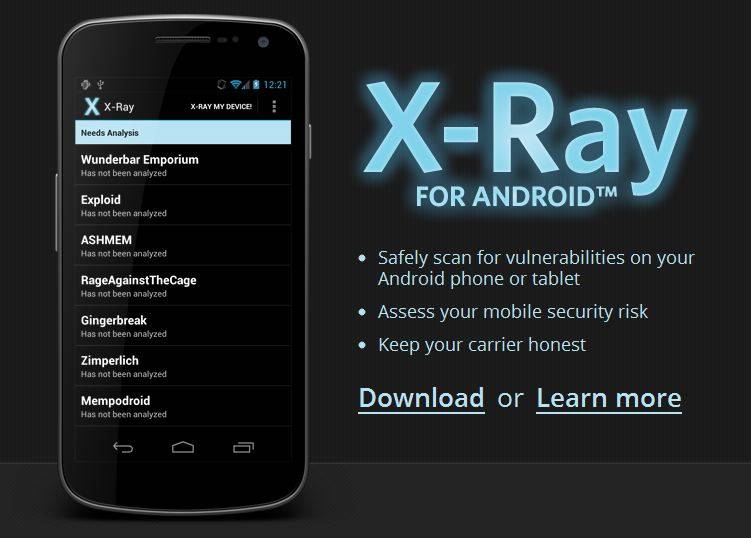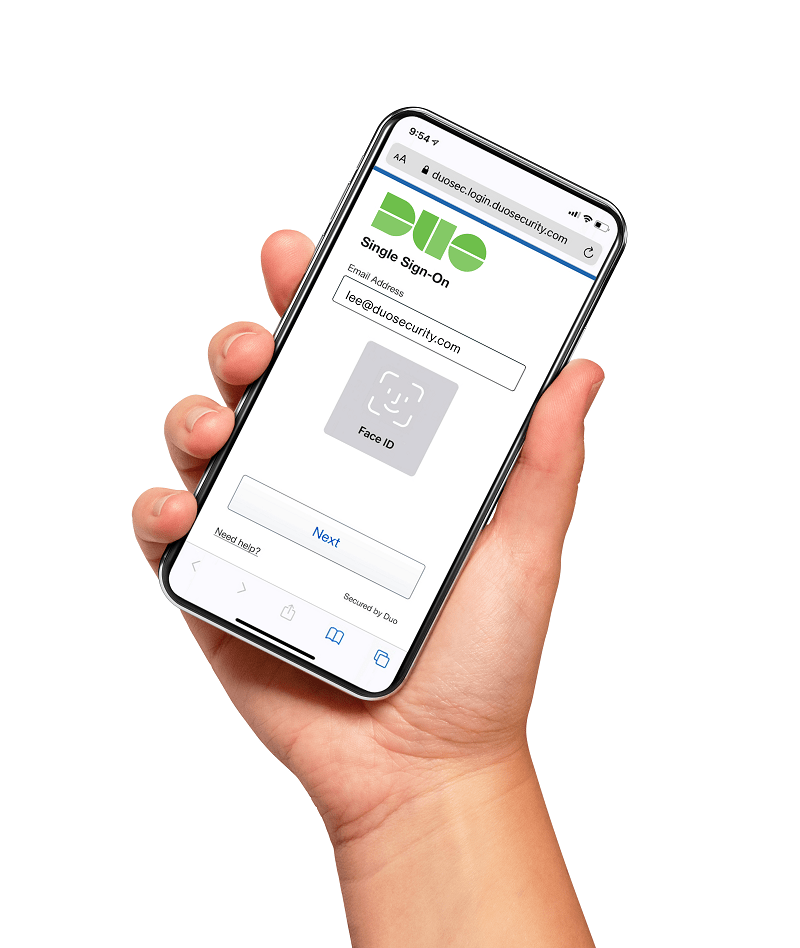

Click the Save Changes button at the bottom of the page after updating any of these settings. Be sure to also enroll your Duo admins as users if they need to log on to Duo protected services.Ĭonfigure additional settings from an application’s properties page. They can't be used to access devices or applications using Duo two-factor authentication. You may also need them if you contact Duo Support.ĭuo user accounts and admin accounts are distinctĭuo administrator accounts are only used to log on to the Admin Panel. You'll need all these values when configuring your system to work with Duo. The API hostname is unique to your account, but shared by all your applications. The integration key/Client ID and secret key/Client secret uniquely identify a specific application to Duo.
Duo app security update#
The actual values for these properties remain the same (so when you update an application from the traditional Duo prompt there's no need to enter new application information). These values are now known as the "Client ID" or client_id and the "Client secret" or client_secret. The "Details" section near the top of the page shows your Integration key ( ikey), Secret key ( skey), and API hostname:Īpplications with Universal Prompt support rename the Integration key and Secret key to better align with the OAuth 2.0 specification. Here you can update the application's name and apply other settings like enabling the self-service portal or configuring allowed hostnames (find all settings described below in Application Options), or set policies for that application. You'll be taken directly to the new application's properties page after creation. You can change the application's name any time after creation from the "General" settings section of your application's properties page. Users see this application name in the login request they receive each time they authenticate using Duo Push. "Cisco SSL VPN 1", "Cisco SSL VPN 2", etc.).

If an application using the default name already exists, the new application's name has a number appended to to make it unique (e.g. This creates your new application with a default name (like "Cisco SSL VPN"). When you've located the application you want to protect with Duo, click the Protect button to the right of the application's name. Please contact us to request access to the Accounts API. The Accounts API and Admin API applications are available to Duo Beyond, Duo Access, and Duo MFA plan customers.

If you're coding your own two-factor authentication using Duo's Auth API choose the Auth API application. WebSDK (requires some programming proficiency)Ĭheck for your specific service provider or Generic Service Provider Other VPNs and remote access solutions that support RADIUS authenticationĪny device or system that supports authentication via LDAP Local and remote (ssh) logins on Unix systems If you don't see your specific product, use this table as a guide in selecting an appropriate application: To protect…

You'll see a link for more information later once you create the application. If you don't see a "Documentation" link that means it's a partner application for which Duo doesn't host configuration instructions. For example, type "ci" to view Cisco solutions.Ĭlick the Documentation for an application to review the requirements and configuration steps for integrating Duo into your service before adding the new application. You can scroll down the page to browse all available applications, or start typing the name of your product in the space provided to filter the applications list. The Protection Type column indicates how Duo protects that specific application. The "Protect an Application" page lists the different types of services you can protect with Duo. button in the top right of the Dashboard page and then click Application. Alternatively, you can click the Add New. To add a new application click Applications in the left sidebar, then click the Protect an Application button or the Protect an Application submenu item in the left sidebar. Role required: Owner, Administrator, or Application Manager. See Getting Started for an overview of the entire Duo deployment process.
Duo app security trial#
You can protect as many applications as you need, and administer each independently.īefore you can protect your applications with Duo, you'll first need to sign up for a Duo account, which offers a free 30 day trial of our Access plan, and set up your Duo administrator account. An application binds Duo's two-factor authentication system to one or more of your services or platforms, such as a local network, VPN (virtual private network), CMS (content management system), email system, or hardware device.


 0 kommentar(er)
0 kommentar(er)
